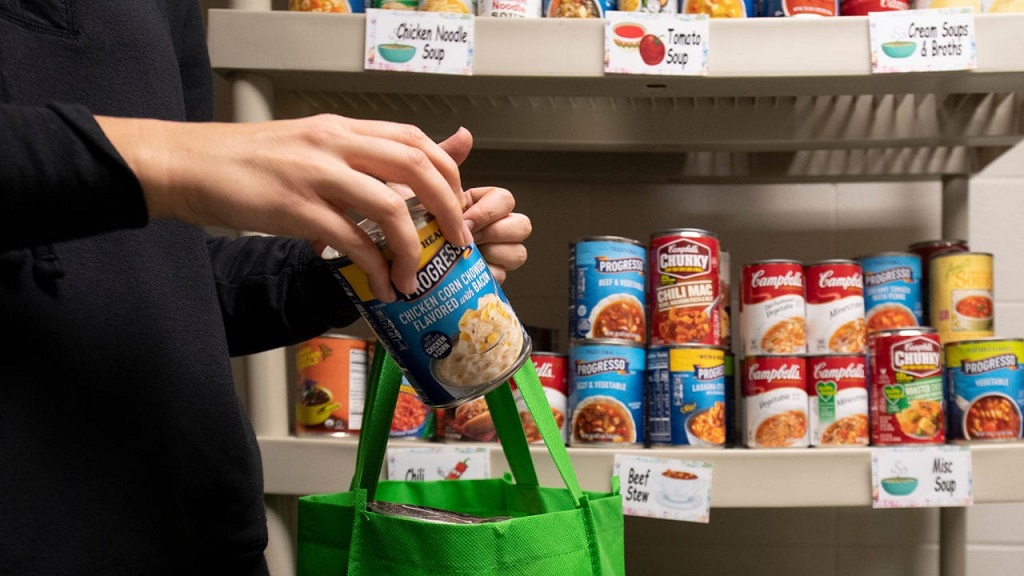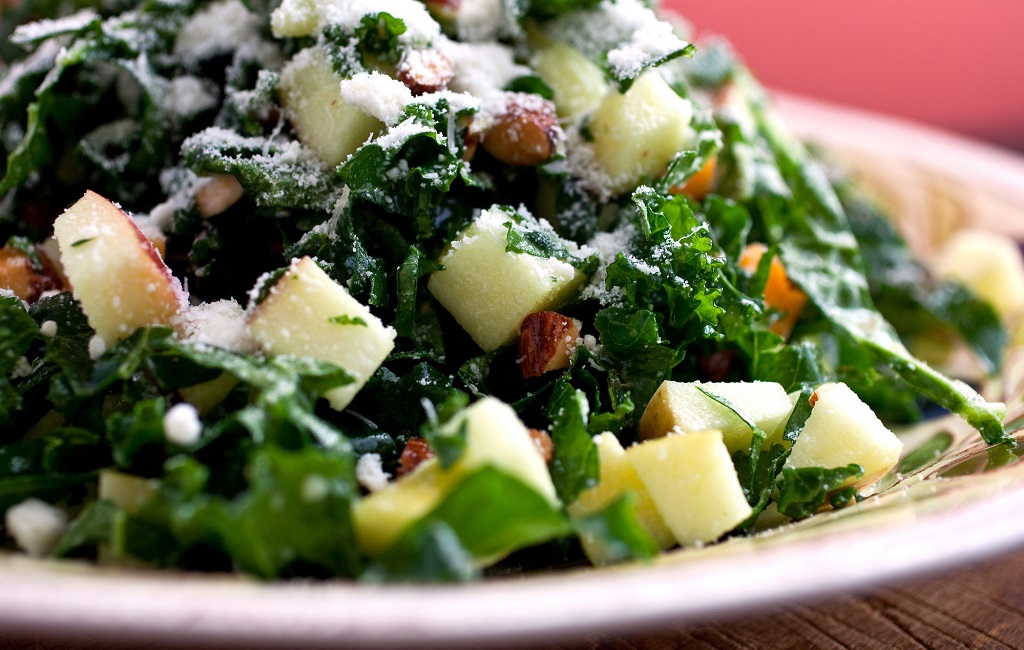Navigating the grocery store can be overwhelming, especially when faced with a multitude of choices and conflicting nutritional information. This guide, your personal “Pantry Path,” aims to empower you to navigate the aisles with confidence, make informed decisions, and whip up delicious and nutritious meals that nourish your body and soul.
Building a Strong Foundation: Understanding Food Groups and Nutritional Needs
Before venturing into the grocery store, it’s crucial to understand the basic building blocks of a healthy diet. Here’s a breakdown of key food groups and their nutritional roles:
- Fruits and Vegetables: Rich in vitamins, minerals, and fiber, these are essential for overall health and well-being. Aim for a variety of colors and types to ensure you’re getting a diverse range of nutrients.
- Whole Grains: Whole grains provide complex carbohydrates, fiber, and essential vitamins and minerals. Choose whole-wheat bread, brown rice, quinoa, and oats over refined grains like white bread and white rice.
- Lean Protein: Protein is crucial for building and repairing tissues. Choose lean protein sources like fish, chicken, beans, lentils, and tofu.
- Healthy Fats: Healthy fats are essential for brain health, hormone production, and nutrient absorption. Opt for sources like avocado, nuts, seeds, and olive oil.
- Dairy (Optional): Dairy products provide calcium and vitamin D, but are not essential for a healthy diet. Choose low-fat or fat-free options like yogurt, milk, and cheese.
Decoding Labels: Understanding Food Packaging and Marketing Claims
The grocery store is filled with packaging that can be confusing and misleading. Here are some tips for decoding food labels:
- Serving Size: Pay close attention to the serving size listed on the label. This will help you accurately assess calorie and nutrient content.
- Ingredients List: Read the ingredients list carefully. Ingredients are listed in order of predominance, so prioritize products with whole, recognizable ingredients at the top.
- Nutrition Facts Panel: This panel provides detailed information on calories, fat, carbohydrates, protein, and other nutrients. Focus on the per-serving values and compare similar products.
- Marketing Claims: Be wary of marketing claims like “natural” or “healthy.” These terms are often unregulated and can be misleading.
Planning Your Pantry: Essential Staples and Smart Shopping Strategies
With a basic understanding of food groups and label reading, you can start building a well-stocked pantry. Here are some essential staples to consider:
- Whole grains: Brown rice, quinoa, oats, whole-wheat pasta
- Lean protein: Beans, lentils, canned tuna, chicken breast, tofu
- Healthy fats: Olive oil, avocado, nuts, seeds
- Fruits and vegetables: Frozen fruits and vegetables, canned tomatoes, fresh seasonal produce
- Spices and herbs: Add flavor and variety to your meals
- Non-perishable staples: Dried beans, canned goods, whole-wheat crackers
Smart Shopping Strategies:
- Plan your meals: Create a weekly meal plan to avoid impulse purchases and ensure you have the ingredients you need.
- Shop the perimeter: Focus on the outer aisles of the grocery store where you’ll find fresh produce, whole grains, and lean protein sources.
- Compare prices and brands: Don’t be afraid to compare prices and choose store brands or generic options for significant savings.
- Buy in bulk: Buying certain items like grains, nuts, and seeds in bulk can be cost-effective and convenient.
- Limit processed foods: Processed foods are often high in unhealthy fats, sodium, and added sugars. Choose whole, unprocessed foods whenever possible.
From Pantry to Plate: Turning Ingredients into Delicious Meals
With a well-stocked pantry and basic cooking skills, you can create a variety of delicious and nutritious meals. Here are some tips:
- Start simple: Don’t be intimidated by complex recipes. Begin with simple dishes like stir-fries, salads, and roasted vegetables.
- Embrace variety: Explore different cuisines and cooking methods to keep your meals interesting and prevent boredom.
- Get creative: Don’t be afraid to experiment with different flavors and ingredients. There are endless possibilities!
- Cook in bulk: Cooking larger batches of food on weekends can save time and ensure you have healthy meals throughout the week.
- Utilize leftovers: Get creative with leftovers and transform them into new dishes.
Beyond the Basics: Embracing a Holistic Approach to Healthy Eating
A healthy diet is just one piece of the puzzle when it comes to overall well-being. Here are some additional tips:
- Mindful Eating: Pay attention to your body’s hunger and fullness cues. Eat slowly and savor your food.
- Hydration: Drinking plenty of water is essential for overall health and digestion.
- Physical Activity: Combine a healthy diet with regular physical activity for optimal health and well-being.
Related: No Gym, No Problem! Effective At-Home Workouts You Can Do Anywhere, Anytime
The Pantry Path: A Journey of Discovery and Deliciousness
Navigating the grocery store and preparing healthy meals doesn’t have to be a daunting task. By understanding food groups, reading labels, and building a well-stocked pantry, you can empower yourself to make informed choices and create delicious, nutritious meals that nourish your body and soul. Embrace your “Pantry Path” as a journey of discovery and enjoy the process of learning, cooking, and eating well!
Bonus Tip: Utilize Online Resources
There are countless online resources available to help you on your healthy eating journey. Explore recipe websites, cooking blogs, and meal-planning apps for inspiration and guidance.





